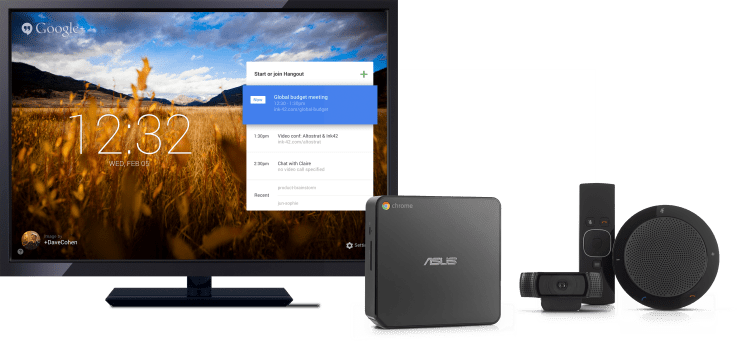Cumulus Global Named to Inc. 500 List of Fastest Growing Companies

Westborough, MA, August 20, 2014 — Cumulus Global, the innovative cloud solutions provider to small and midsize businesses, local governments, and K-12 schools announced today that it has been named to the 2014 Inc. 500|5000, an exclusive ranking of the fastest growing private companies in America. Landing at #349 overall, Cumulus Global was honored for its unique ability to help small and mid-size organizations gain more value from cloud computing and hosted IT solutions, including Google Apps for Business, Education, and Government. As a Google Apps Premier SMB Reseller, Cumulus Global offers a wide range of communication, collaboration, productivity, security, and compliance solutions, that leverage the security, accessibility, and scalability of cloud computing.
“We are incredibly honored to be recognized as part of the Inc. 500|5000,” stated Allen Falcon, Cumulus Global CEO. “Our rapid and continuing growth would not be possible without the efforts and dedication of our team, the support of our industry partners, and the earned trust of our customers.”
From 2010 to 2013, Cumulus Global grew by 1,350%, with sales surpassing $7.5 million in 2013. During this time, Cumulus Global grew its range of cloud computing and hosted IT services, expanded from its Boston-area headquarters with an office in New York, and added K-12 Education and local governments to the markets it serves. Cumulus Global is ranked 38th among ”IT Services” firms nationally and is ranked 11th among “Top Companies in Massachusetts”.
“Our mission is to help the organizations we serve attain greater value from their information technology and services by leveraging the benefits of cloud computing and hosted services,” added Falcon. “Our growth reflects our commitment to this mission, to building customer value.”
The 2014 Inc. 500|5000 is ranked according to percentage growth from 2010 through 2013. To qualify, companies must be independent, privately-owned businesses based in the United States that started generating revenue prior to March 31, 2010 with revenues exceeding $2 million in 2013.
2014 Inc. 500|5000 winners will be honored at the 33rd annual Inc. 500|5000 Conference and Awards Ceremony on October 15-17 in Phoenix, AZ. To see the full list of winners, please visit http://www.inc.com/inc5000/list/2014.





 At the NJ Google Apps for Education Summit this month, we had the opportunity to briefly present and discuss the role and impact of Google Apps in K-12 Education with administrators and leaders from several districts. This post is the 5th of 5 on Leadership and Google Apps in Your District.
At the NJ Google Apps for Education Summit this month, we had the opportunity to briefly present and discuss the role and impact of Google Apps in K-12 Education with administrators and leaders from several districts. This post is the 5th of 5 on Leadership and Google Apps in Your District.
